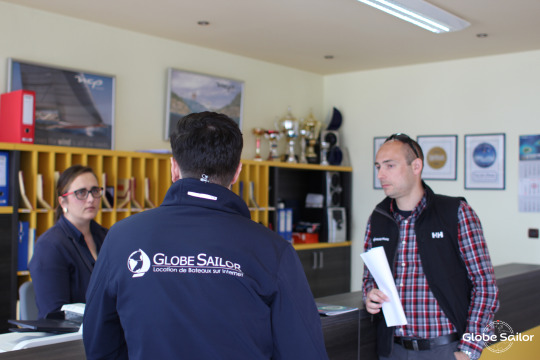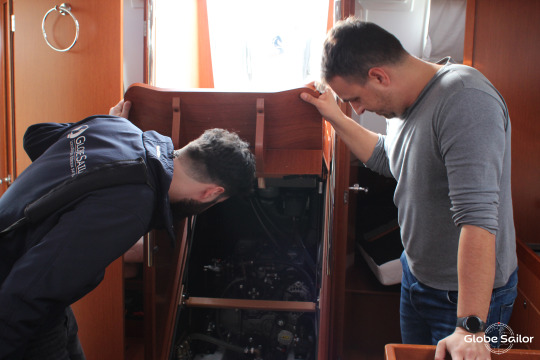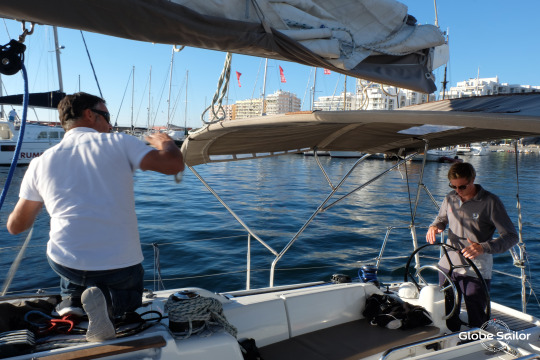The day has finally arrived, you arrive at the base with your fellow passengers, and can’t wait to embark on your sailing holiday. However to enjoy a safe and stress free yacht charter it is essential that you complete an efficient check-in procedure, take an inventory of the boat and verify a few important aspects of both the interior and exterior, before leaving the marina. This is to ensure the safety of all those on board including the skipper and passengers, as well as to avoid damage to the boat.
GlobeSailor have compiled a comprehensive guide and listed the most important things which you should check before taking to the sea!

At the Charter Base office
When you arrive at the charter company base you should carry out the following steps, and also ask the base manager any questions you may have, he will be more than happy to
help!
- Verify the contract which you have signed with the charter base, ensure that you are familiar and in agreement with all of the terms and conditions.
- Confirm any options you may have requested, such as cleaning, laundry, outboard motor etc. Give the base manager a list of all passengers and crew who will be aboard.
- Leave your contact details and ask the charter base for their contact details also, check if they have an emergency contact number

On board the boat in the marina
You should now complete an inventory of the boat and check the condition of certain equipment on board.
- Locate and check the contents of the tool box and safety equipment, including fire extinguishers. Do not forget to find and check the number of life jackets on board!
- You should verify that you have each of the following obligatory items; binoculars, compass, navigation ruler, the boat’s documentation
- Familiarise yourself with the boat’s battery, make sure it is in good condition and ensure you know how it works
- Very important is the state of the motor – make sure there is no obvious drips or puddles of water and oil and check the level of cooling liquid and oil.
- Check the gas and water levels, be aware of what supply you have on the boat. Also important is notifying the supply of batteries you have.
- A bilge pump is obligatory and you should check it is functioning. Find the dinghy and examine it for punctures. It is a good idea to blow it up and make sure it stays
inflated. - Ask to be shown how the toilet works and make sure to pass on this information to all passengers and crew.
- Check the electric, lights and appliances are working on the boat, and in particular the boat’s navigation lights.
- Locate and familiarise yourself with the electric panel and make sure everything is working.
- Take a quick count of the cutlery and cooking equipment on board the boat. Make sure you know how to safely operate the hob and other appliances on board.
- Take a look at the black water tank and make sure it is at a suitable level.

Exterior of the boat
- Walk around the deck and verify the general condition of the boat, especially the hull. Look out for any scratches and note these down in the inventory.
- Examine the general state of the sails, look for any rips or tears.
- Check the draught and the depth of the boat
- Very important is to start the motor and make sure everything is running smoothly
- Check the water and gas draining holes and also familiarise yourself with the refueling procedure.
- Test the electric windlass and make sure it is in good working condition.
After carrying out this thorough check-in and examination of the boat, all that is left is to get everyone on board and prepare to set sail!
We hope you enjoy a safe and memorable trip!




